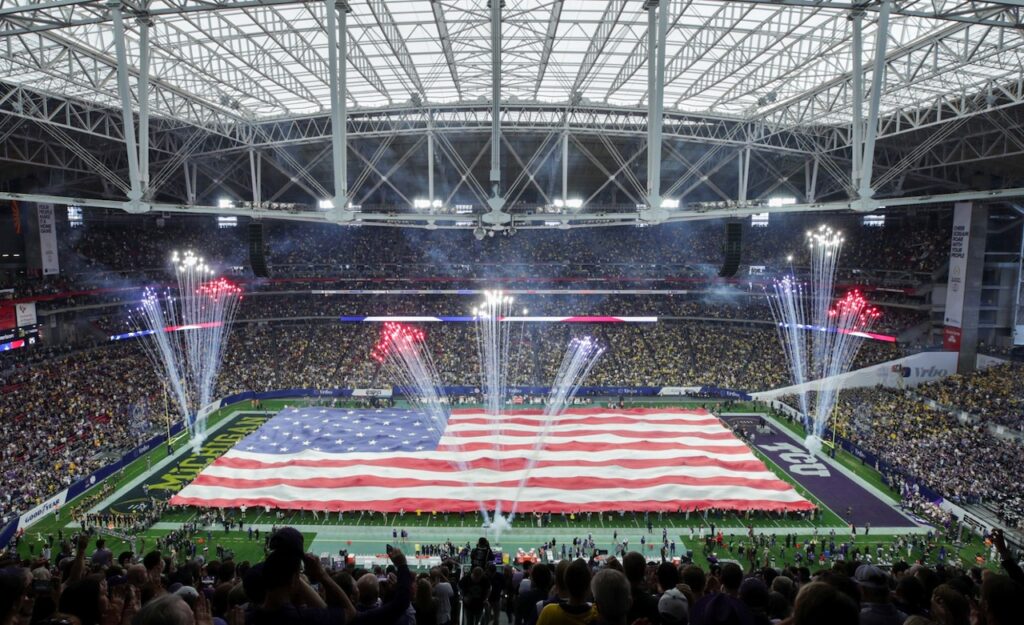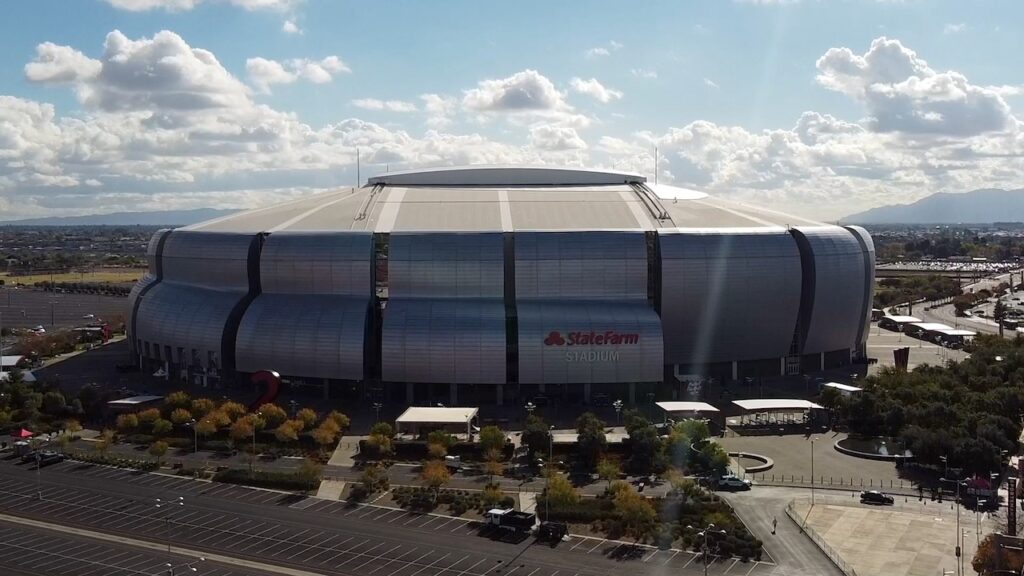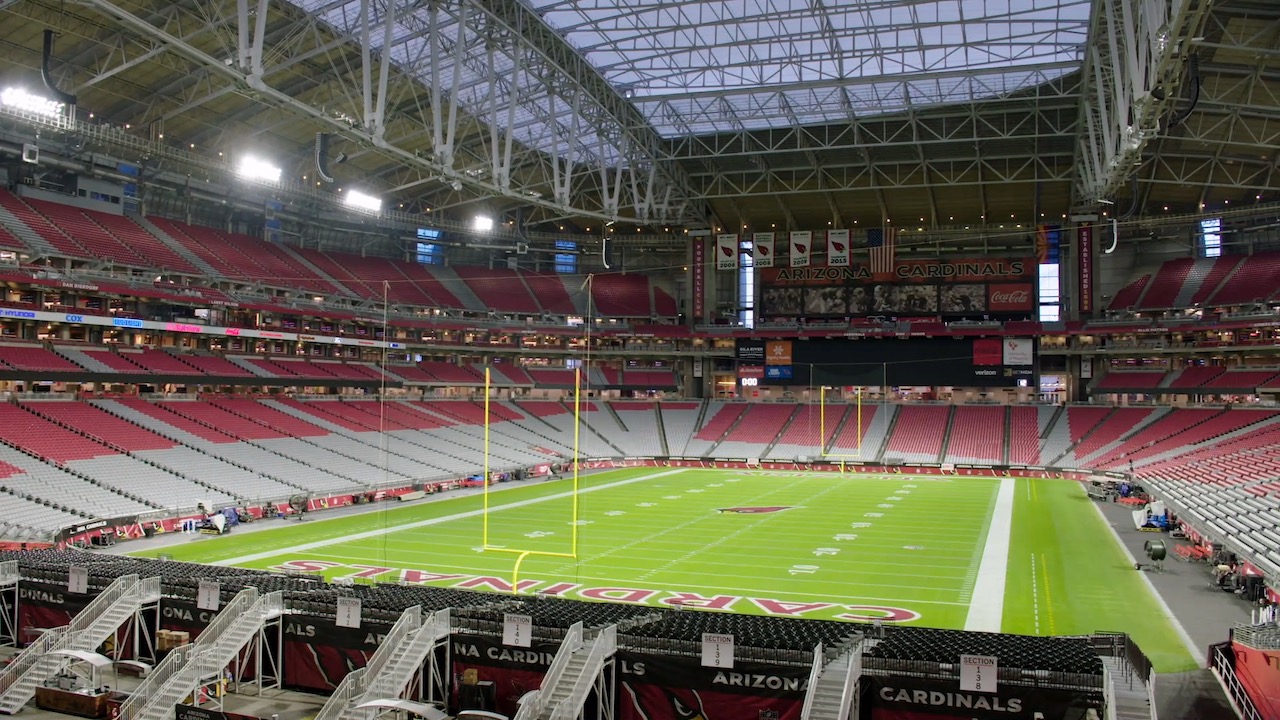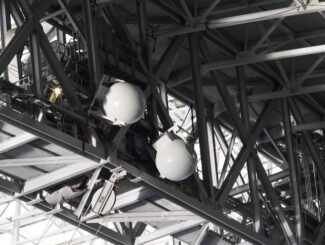Eight years ago, the state-of-the art networks inside the venue now known as State Farm Stadium set one-day records for fan wireless data consumption at Super Bowl XLIX. While the stadium has remained one of the most active large-event venues since then, the ever-increasing demands of wireless users meant that to properly host this year’s big game, a full network rip-and-replace was required.
As it gets ready to host Super Bowl LVII on Feb. 12, State Farm Stadium is once again at the forefront of big-venue network technology deployments, with a brand-new Cisco Wi-Fi 6 network and a completely upgraded digital cellular DAS using gear from CommScope that includes support for shared 5G services, alongside separate 5G millimeter-wave gear from all the leading carriers.
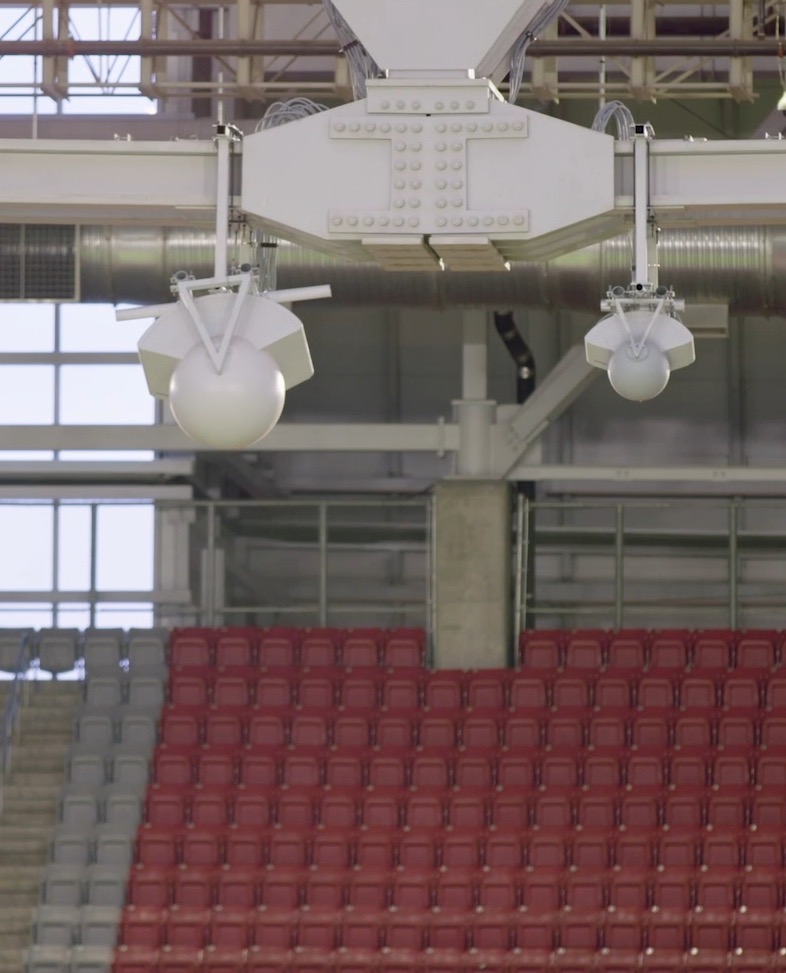
According to Mark Feller, vice president of technology for the Arizona Cardinals, the network overhaul was a 2-year project, completed while the stadium hosted its usual slew of big events, including NFL games, concerts and the Fiesta Bowl. And after this year’s Super Bowl the stadium will host the NCAA Men’s Final Four next year, in what Feller calls “the big one-two” of big-time U.S. sporting events.
“The projects are very difficult, and it’s a long process for us,” Feller said. And while he’s not sure if State Farm Stadium will follow tradition and set new high Wi-Fi and DAS marks like Super Bowls have historically done since the then-University of the Pacific Stadium did eight years ago, he is confident that the new network infrastructure is more than ready to handle whatever demands the big games now require.
Out with the old, in with the new
When it comes to the history of advanced wireless networks inside large public venues, State Farm Stadium holds a unique spot. While its first Super Bowl, XLII in 2008, was before the current explosion of mobile device usage (the first Apple iPhone had only been available since June 2007), by the 2015 game the stadium-networking revolution was in full motion.
With a new Cisco Wi-Fi network that included mostly top-down and some handrail antenna deployments, the stadium saw 6.23 TB of Wi-Fi data used, the most seen to that day. The celluar DAS from third-party operator Crown Castle, using CommScope gear, brought improved signals to areas both inside and outside the venue, which helped Verizon Wireless, AT&T and Sprint to host a combined total of 6.56 TB used in and around the stadium. The combined total 12.79 TB was, according to us at the time, “far and away the biggest single day of wireless data use we’ve ever heard of.”
Now just eight years later, those totals seem like numbers a big venue might see in the first hour after fans’ arrival. At last year’s Super Bowl, SoFi Stadium set the new high-water mark with 31.2 TB of Wi-Fi data and 30.4 TB of cellular data on the Verizon and AT&T networks.
To handle the new requirements of the NFL’s big game, and of subsequent big events that will follow, State Farm Stadium replaced its entire Wi-Fi network (along with its core network components) with new Cisco gear, including 300 of the new 9104 “Marlin” antennas, which provide a longer, more focused connectivity beam.
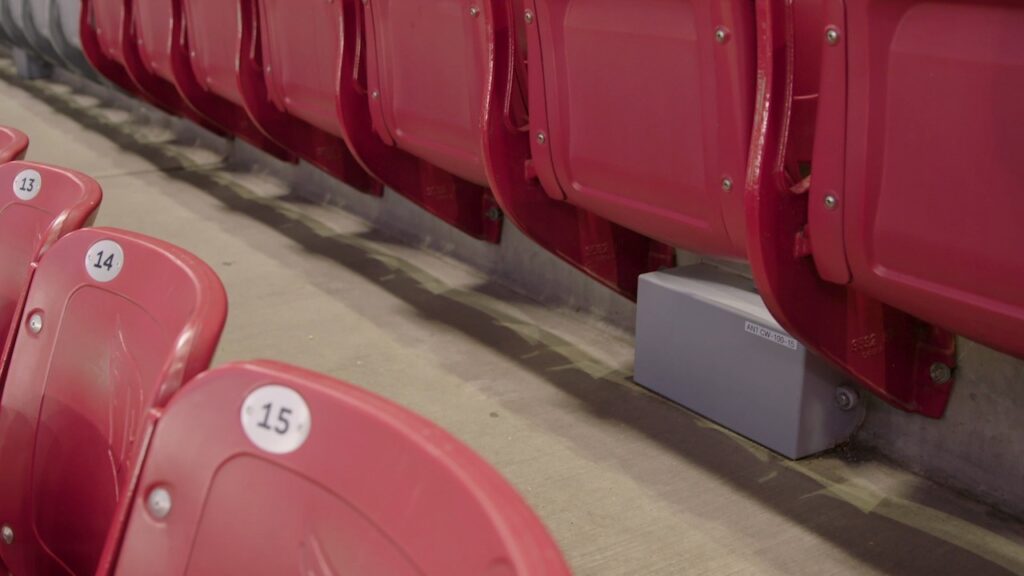
According to Feller the 9104s were part of a new combination Wi-Fi design — for the upper seating deck, the 9104s were mounted overhead in the roof infrastructure, an area that was too far away for previous Wi-Fi antenna designs to work properly. In the lower bowl, the stadium added approximately 600 under-seat enclosures for both Wi-Fi and DAS gear.
The underseat deployment, which Feller said was started in 2021 and completed last year, was able to use existing expansion seams to cut down on the number of concrete core drills required. While underseat has become a proven design, the farther-reach capabilities of the newer Cisco gear is already winning rave reviews.
“Kudos to Cisco,” Feller said about the new antennas. “They perform really well.”
The upgrade to a full Wi-Fi 6 network, which now has approximately 1,500 APs, should also significantly improve overall connectivity, as more fan devices are now in use that support the standard. Ohio State’s Ohio Stadium, which installed a Wi-Fi 6 network in 2019, recently reset the single-day Wi-Fi mark with a 34.8 TB event, where a majority of the traffic was fully Wi-Fi 6 based.
Getting ready for increased 5G usage
Newer devices in fans’ hands could also make Super Bowl LVII the first real “5G” big event, something the carriers are prepared for with their own network improvements. Like the Wi-Fi network, the old DAS at State Farm Stadium was fully replaced with new CommScope gear that supports shared 5G signals in the midband “C” spectrum, as well as all the 4G LTE spectrum ranges.
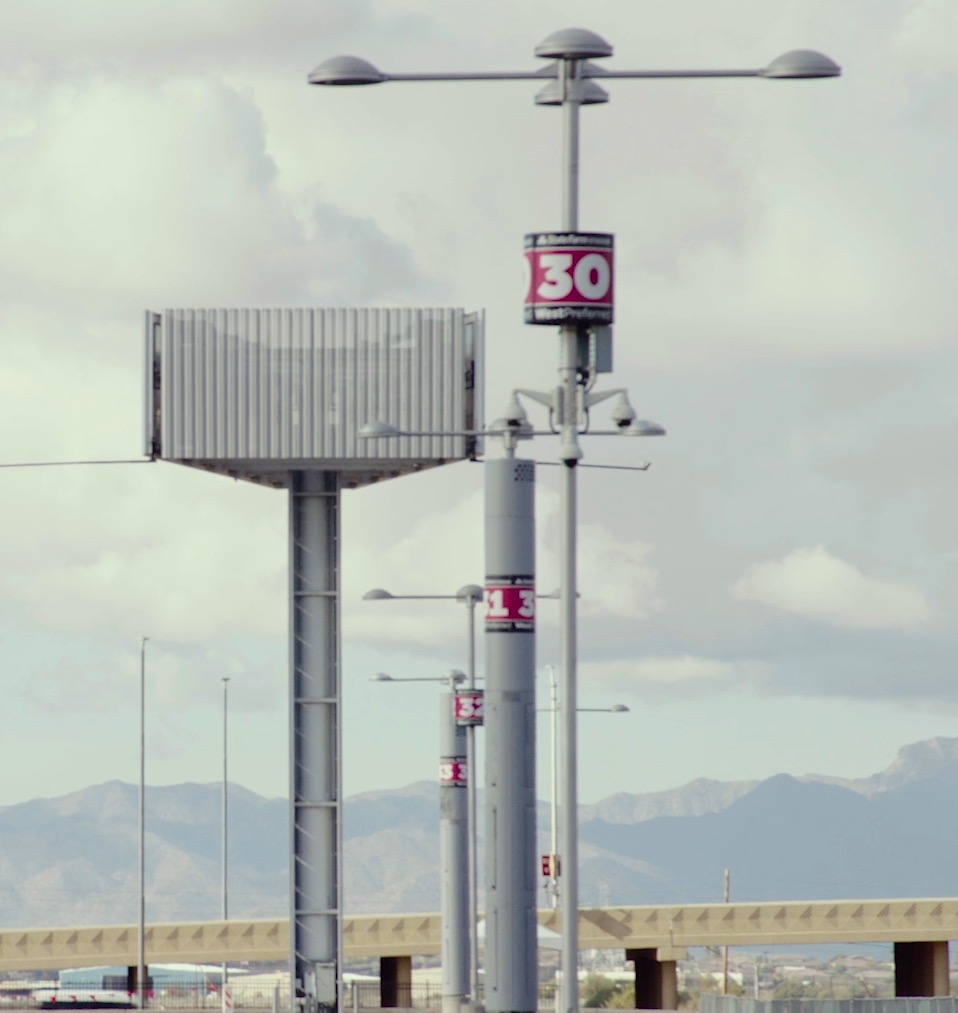
“The scale of 5G deployments in the new DAS is huge,” said Upendra Pingle, senior vice president of intelligent networks for CommScope. Pingle, like the carriers, expects there to be a huge use of 5G services this year. As such, the new fully digital network from CommScope includes full 5G NR support in C-band spectrum for Verizon and AT&T, and in band 41 (~2.5 GHz) for T-Mobile.
This year, the top carriers believe that the promise of 5G services — lower latency, faster speeds — will become a reality to more customers at the big game. While 5G services have been touted at Super Bowls for several years now, the majority of devices now in users’ hands can finally support the technology, and it is showing up in statistics. Add in the 5G support in the new DAS — which Pingle thinks may be the largest stadium 5G network ever built — and the signs point toward a big 5G usage day.
Adam Schieber, vice president for access construction and engineering at AT&T, said the carrier “saw an uptick” in overall 5G usage at the recent Fiesta Bowl at State Farm Stadium, which was a perfect “dry run” for all the new networks in use.
“This could be the first time 5G really takes off [at a big event],” said Schieber. Desmond Jackbir, director of network engineering at Verizon, said Verizon also expects to see an increased level of 5G data use, and has designed its new deployments to be ready.
“We saw more 5G than ever, and more 5G than 4G near the end of the [NFL] season,” said Jackbir of the State Farm Stadium network.
MatSing antennas and millimeter wave
The cellular infrastructure also includes eight MatSing Lens Antennas, whose long-range coverage abilities will provide service to the sidelines as well as to the “Red Zone” seating area at one end of the stadium. The new DAS design, Upendra said, has 118 sectors and uses approximately 2,000 antennas, with about 1,000 of those deployed underseat in the main bowl.
T-Mobile is also part of the stadium DAS, adding coverage for its main 5G spectrum band at 2.5 GHz to both the inside and outside DAS deployments. “The network upgrades we have made to State Farm Stadium, Phoenix and the surrounding cities will provide our customers with a vastly improved experience for years to come,” said Neville Ray, President of Technology at T-Mobile, in a prepared statement.
“We started planning and preparing [for Phoenix] 2 years ago, and we’re already doing the same thing for Las Vegas and New Orleans,” said Verizon’s Jackbir. “We show up every year, and we know where the challenges are.”
On the 5G millimeter-wave front, both Verizon and AT&T have each added hundreds of antennas to support their different spectrum bands, with placements in the upper infrastructure as well as in small-cell deployments outside the venue. T-Mobile said it has also added new millimeter wave deployments, both inside and outside the stadium.
According to representatives for both Verizon and AT&T, their designs and deployment have also been a 2-year project, a process similar for every Super Bowl these days.
“We started planning and preparing [for Phoenix] 2 years ago, and we’re already doing the same thing for Las Vegas and New Orleans,” said Verizon’s Jackbir. “We show up every year, and we know where the challenges are.”
And while Verizon customers will also have the ability to have their devices auto-authenticate onto the stadium’s Wi-Fi network, Jackbir said the carrier turned that feature off during some late-season Cardinals games to “stress test” Verizon’s cellular infrastructure. “We were able to handle all our traffic on 4G and 5G, with plenty of headroom,” Jackbir said. “While having our own [Wi-Fi] SSID provides a comfort level, knowing we could do it all on cellular helps us validate our design.”
Editor’s note: Photo production work by Jackie Ngyuen
